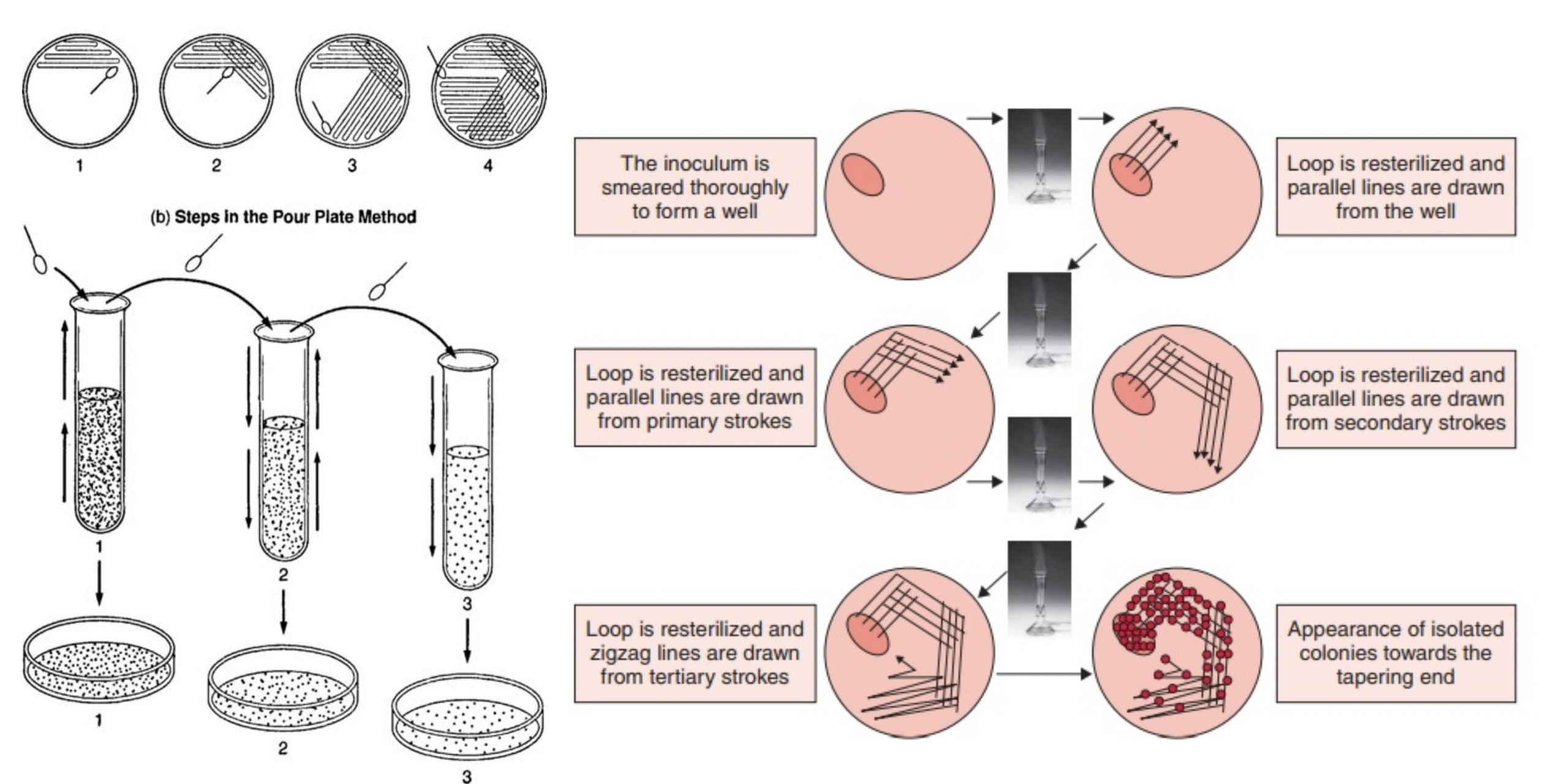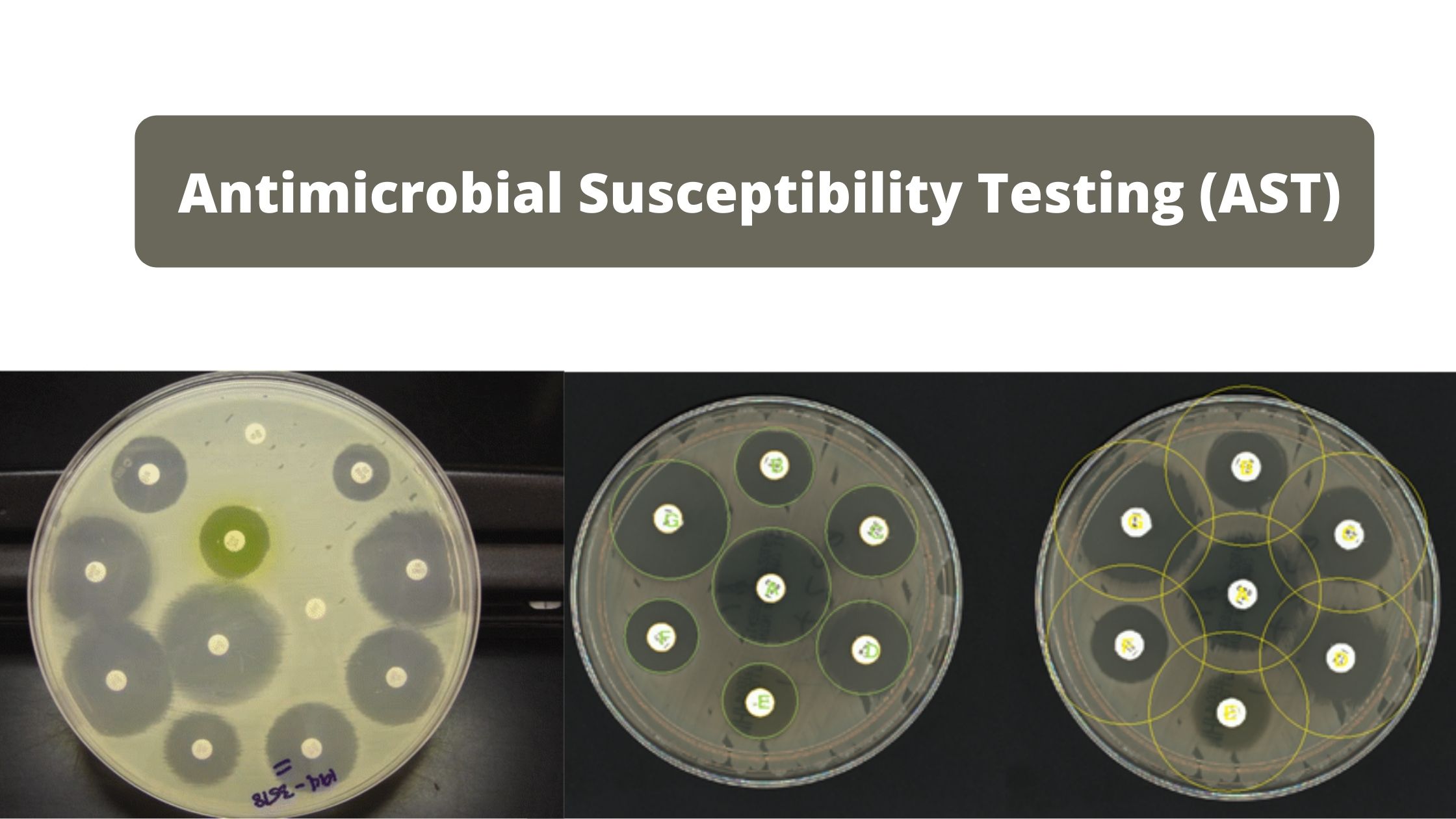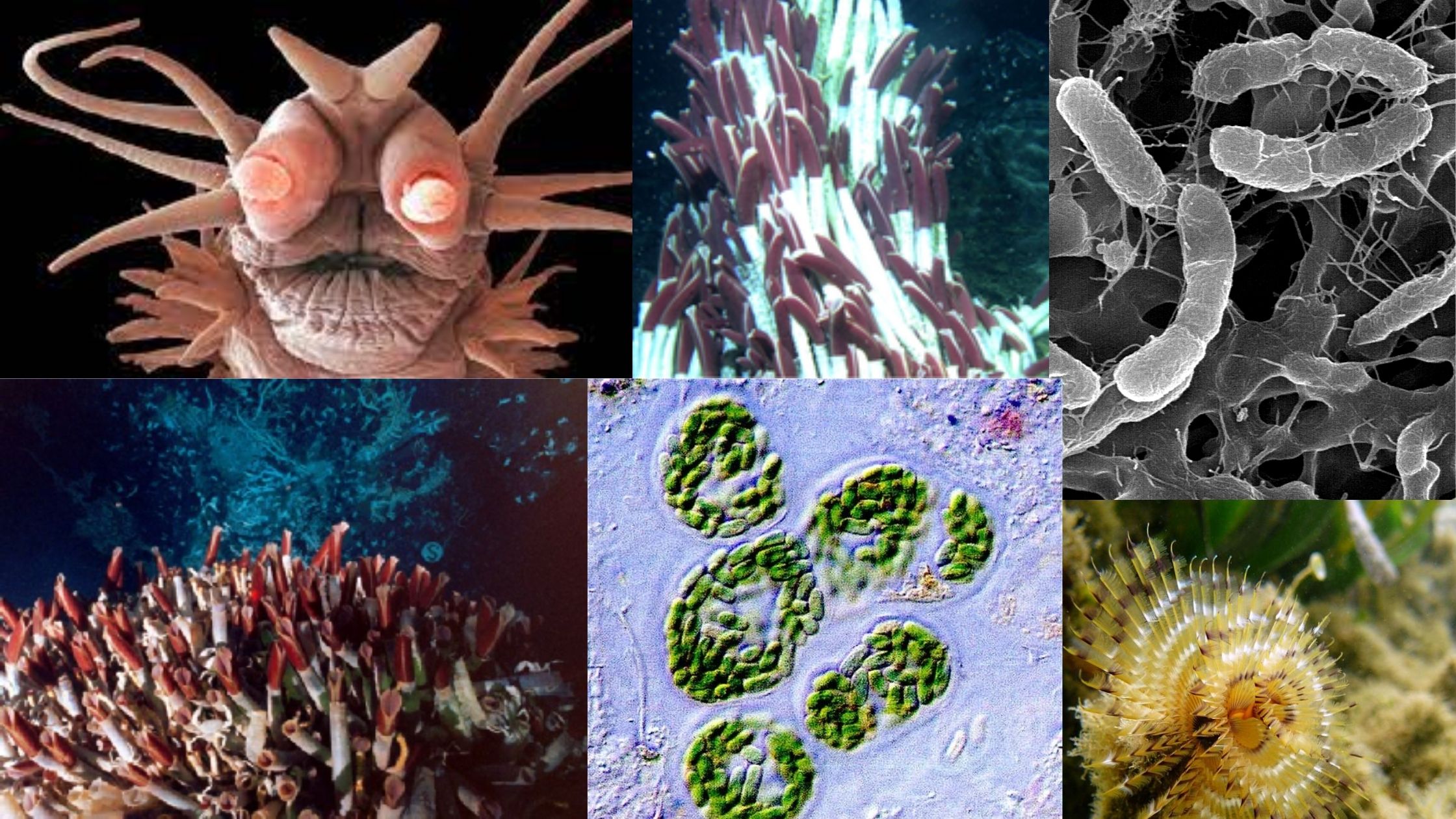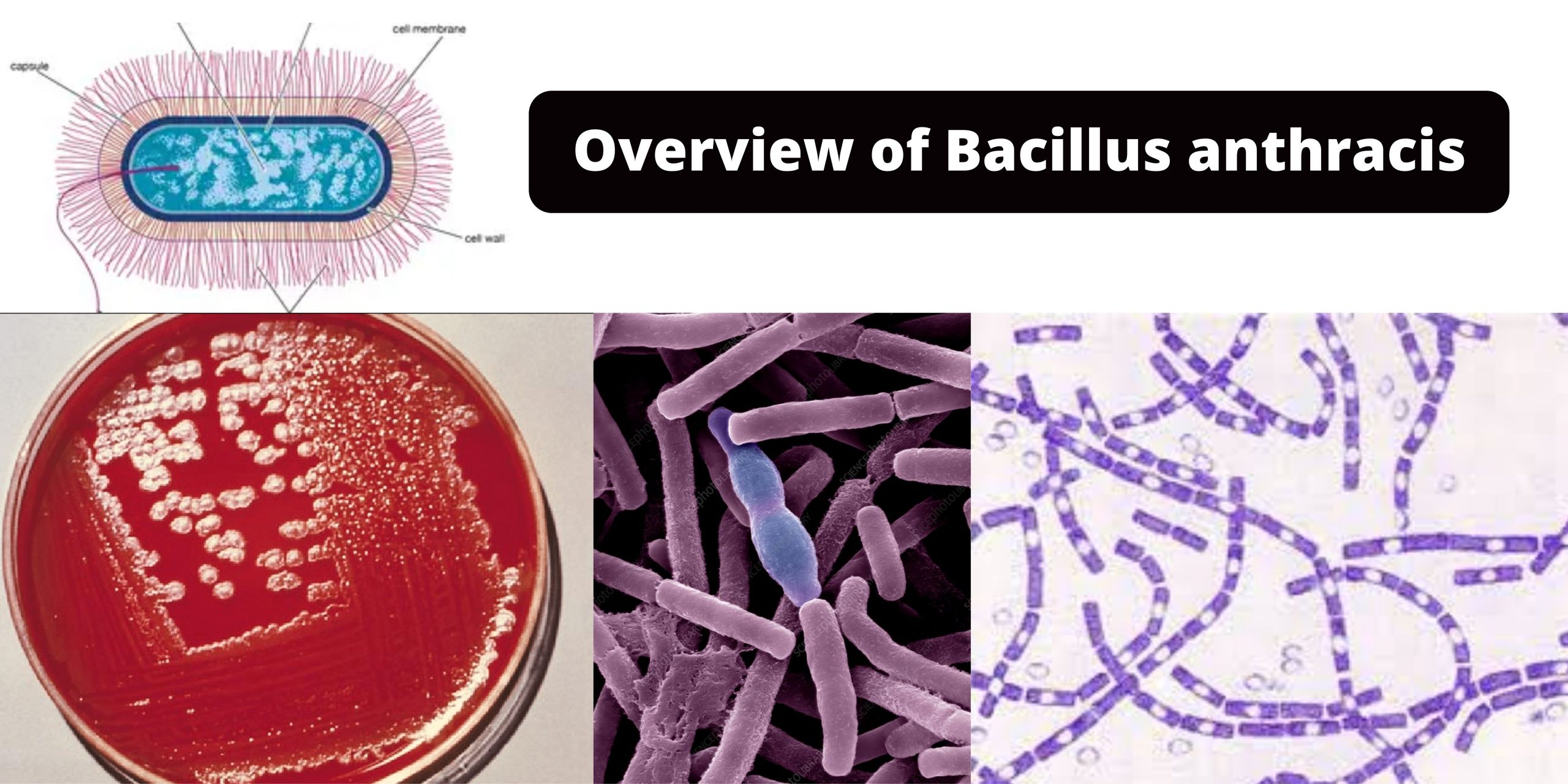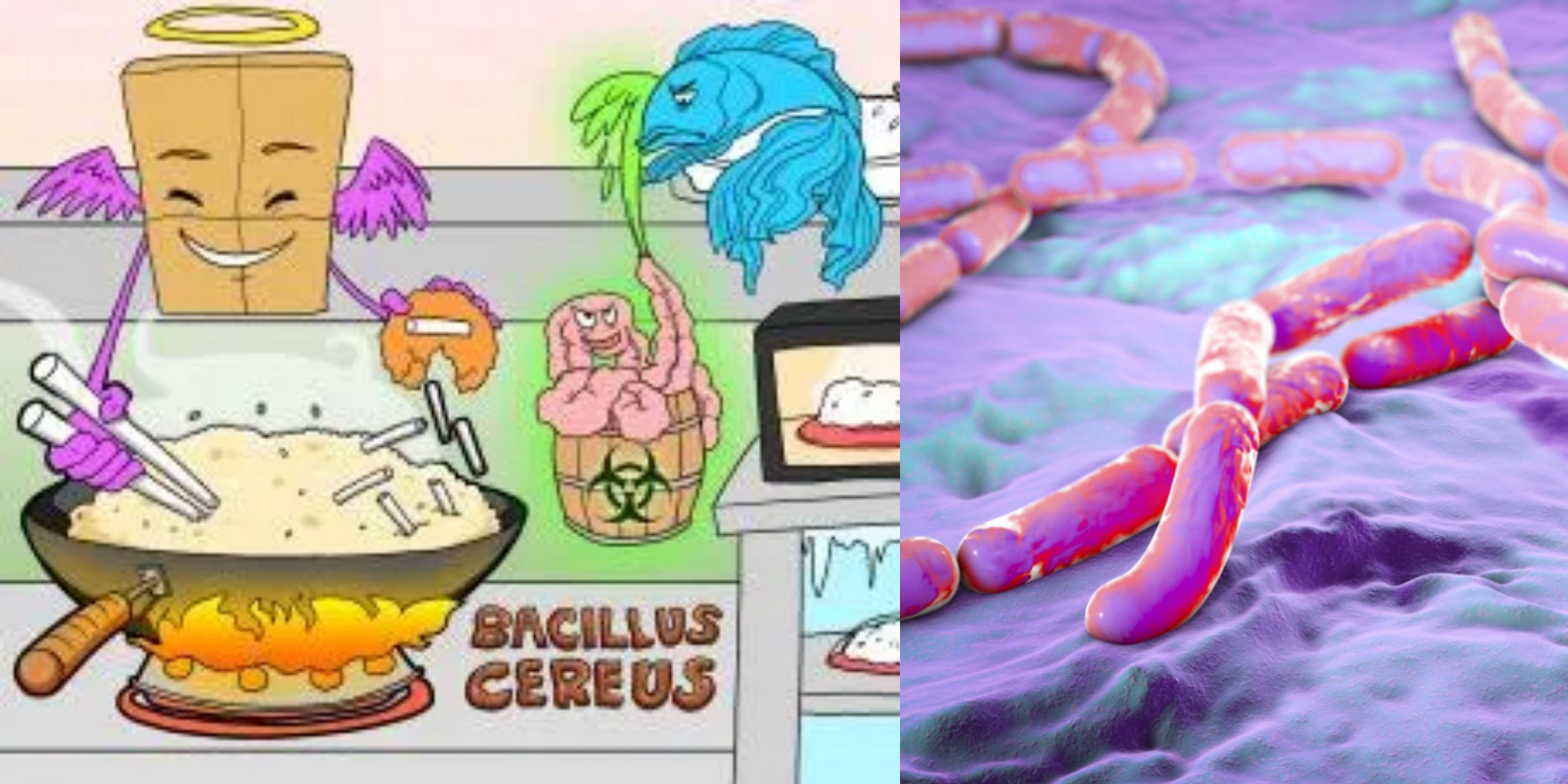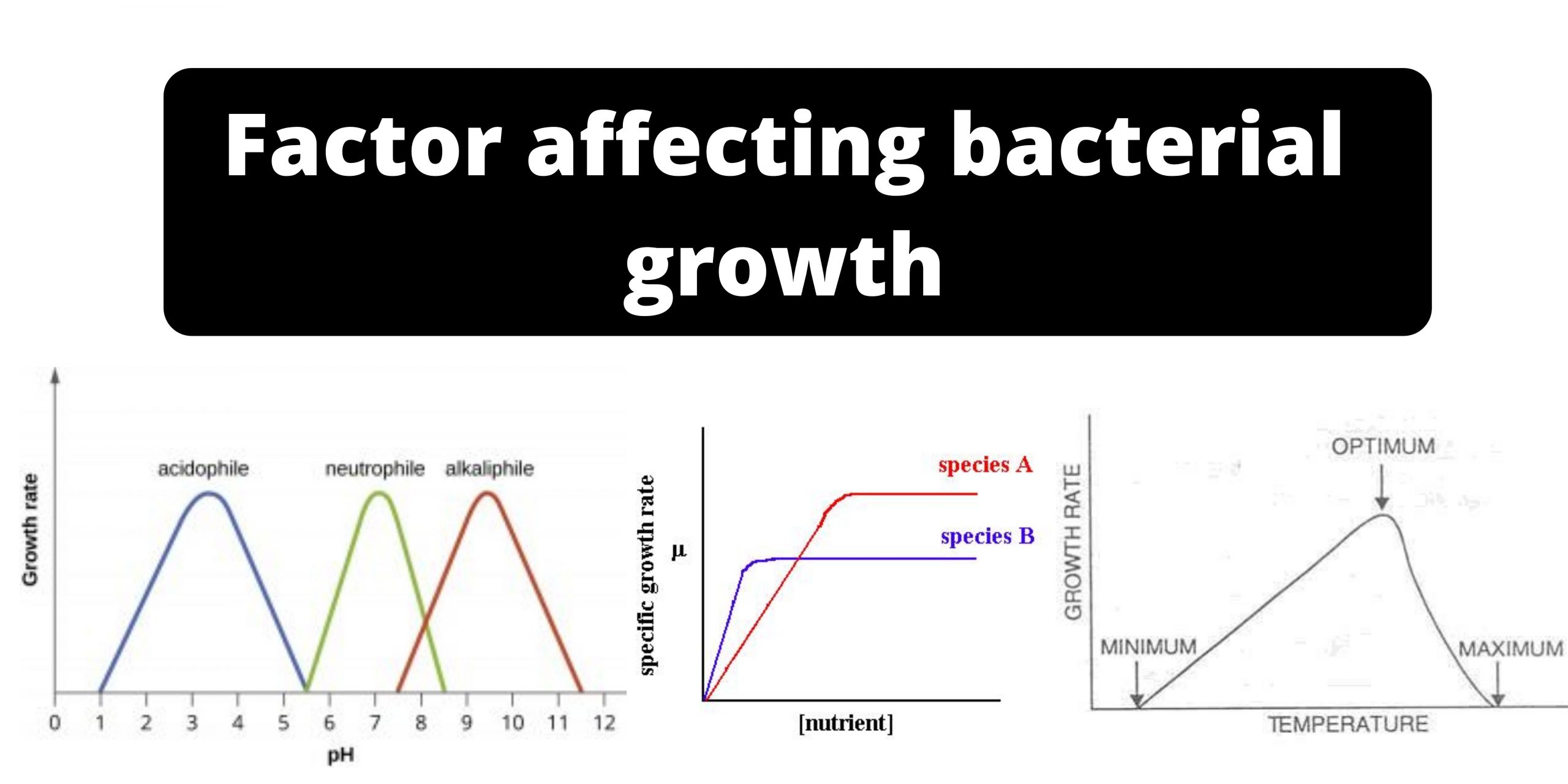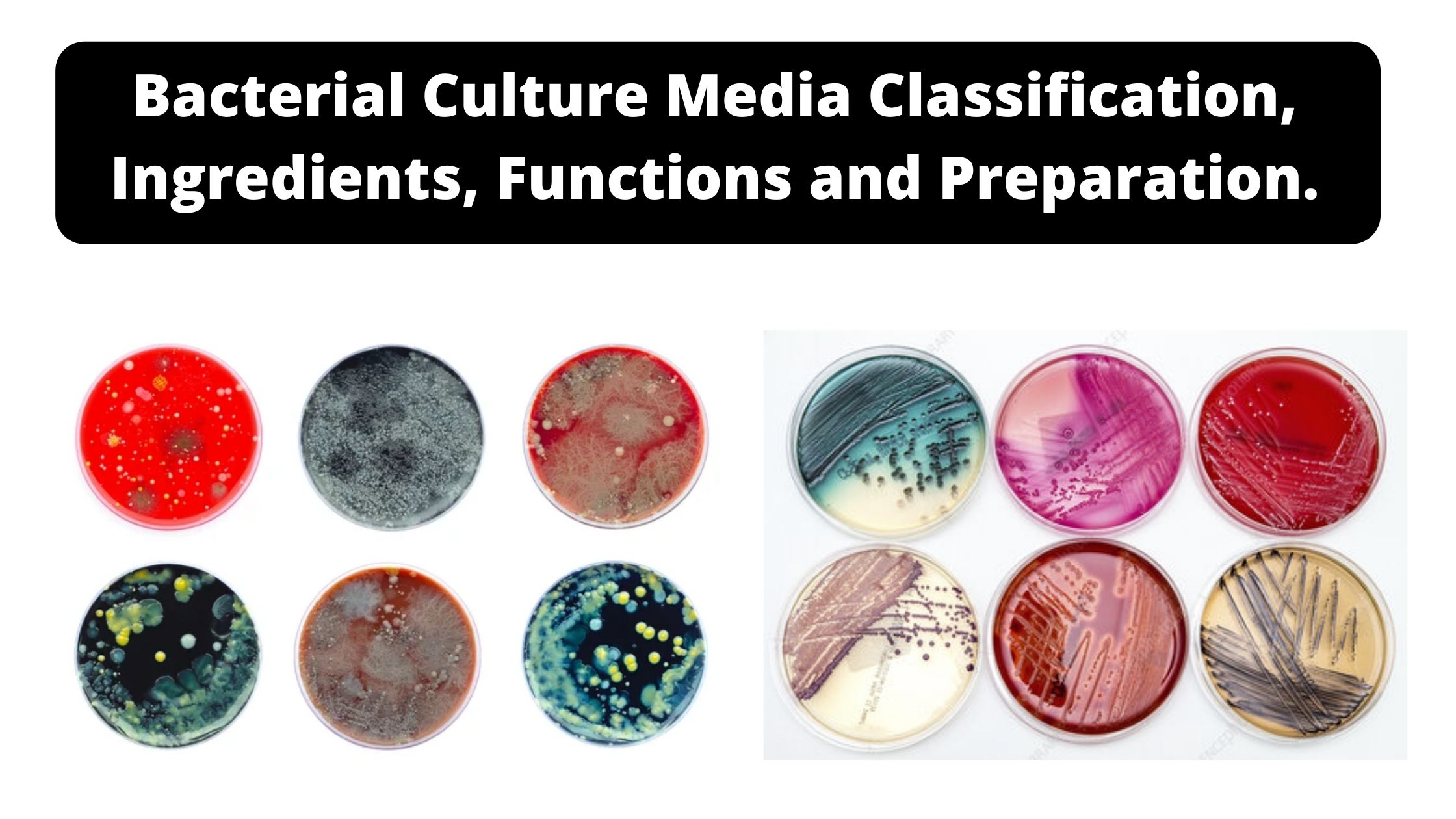Bacterial Culture Technique
Microbiological cultures, also known as Microbial culture is the technique of generating microbial species by the process of letting them reproduce in a conditions in a monitored laboratory conditions. Microbiological cultures are fundamental and essential diagnostic methods that are employed as research tools within molecular biology. The term “culture” could be used to describe the … Read more
